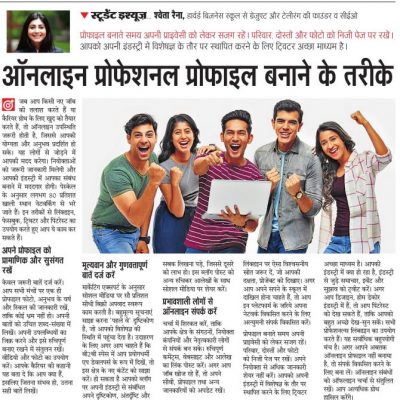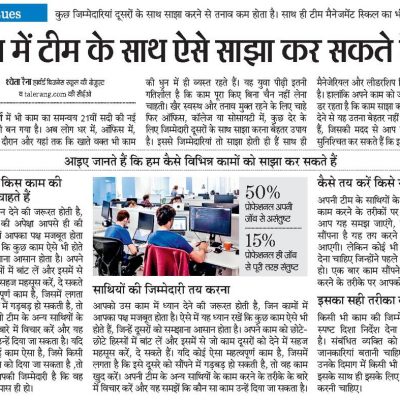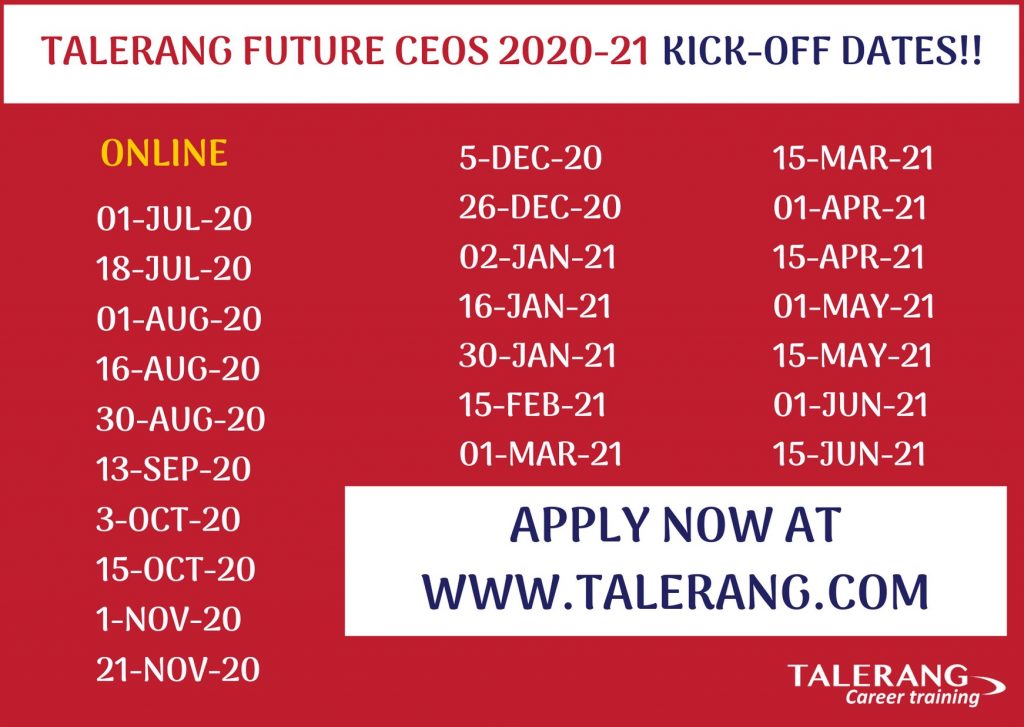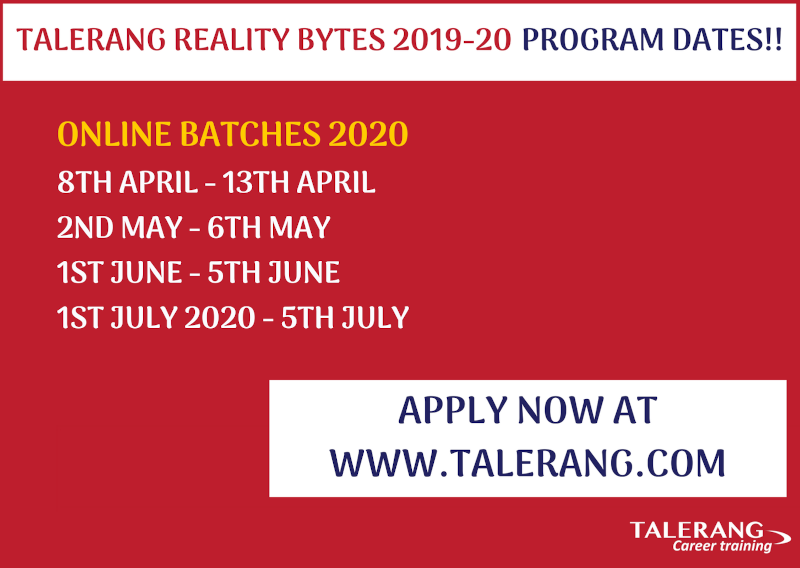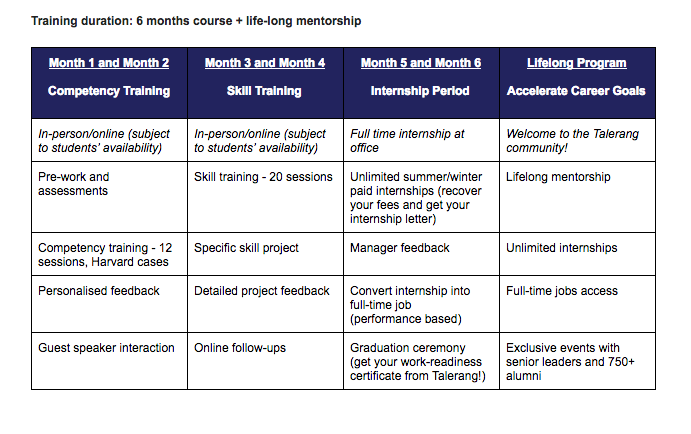Personal Branding: Student Speak
Remember how Harry Potter was rejected by 12 publishers but Rowling firmly stood by her brand?
That’s what we are going to talk about today- Personal Branding!
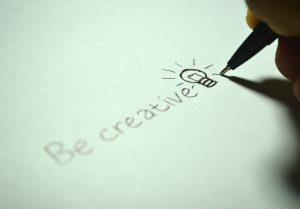
What is Personal Branding?
Personal branding is the process of creating an identity for yourself as an individual or business.
Creating a personal brand can be a daunting, mythical task. It involves developing a well-defined and consistent look, message, and presence online and offline. And one of the easiest ways to get lost in the process is to not know where to start. Even Oprah Winfrey began by going through several style iterations on a small local show before defining her voice into one of the most influential personal brands in the world! This is your guide to working on your personal brand!
Here are the ABCs to kickstart your personal brand! Have a focus or a vision and be the rawest version of yourself! Your personal brand describes you as a person- tell stories, tell good stories and be consistent with them. Follow a successful example and live by your brand! Be authentic, and make people’s lives easier. And most importantly, be ready to fail, but be even more resistant to pull your brand off.
Employ Design Thinking. Compared to other phases or norms of thinking that may be process-led, design thinking is a system of overlapping spaces. It is crucial to remember that you can end up floating between spaces as your project/idea develops. As you explore, develop and implement the idea you have, looping back to previous spaces is totally normal.
The other thing that is incredibly important here, is embracing diversity. It is clear that diversity fosters creativity, it also fosters innovative thinking. I find this is incredibly important as otherwise, you run the risk of being in an echo chamber.
When creating a strong personal brand, one of the first things you need to have is a personal brand statement. Think of it as a tagline, catchphrase, or slogan about you. Your statement is a distinctive part of your personal brand that is unique to you. It should convey the value you concisely provide to your audience, all while maintaining a certain level of intrigue to keep people interested in what you do.
The best personal brand statement is clear and concise, about 1-2 sentences. Focus on your audience’s pain points and how you can ease that pain. Always think about how you can benefit them. Be authentic. Only use superlatives like “leading marketer” or “best-selling author” if you are one. Make it conversational. Direct your message to the right audience.
Use social proof and numbers when possible. This increases your credibility. Over others, Speak Your audience’s language.
For instance, Larry Kim’s personal branding statement is “Be a unicorn in a sea of donkeys.” One prominent takeaway from this is to be unique. Aim for your personal brand to stand out from the crowd because that’s the whole point of creating your own brand. Ann Handley’s statement-“Empowering ridiculously good marketing” shows how the tone of the statement would directly affect how your message is perceived. Brittany Berger’s “Create less content. (It’ll be fine! I promise!)” portrays that you can swim against the tide when you have different ideas that you can actually justify.
Do you feel like working now after seeing the leadership personal brand examples above? Get those creative juices flowing and craft an outstanding personal brand for yourself! Make sure to follow the steps and tips above to craft an effective personal branding statement.
Written & Edited By:
Prashanti Malani
(An Alum of Future CEOs)

